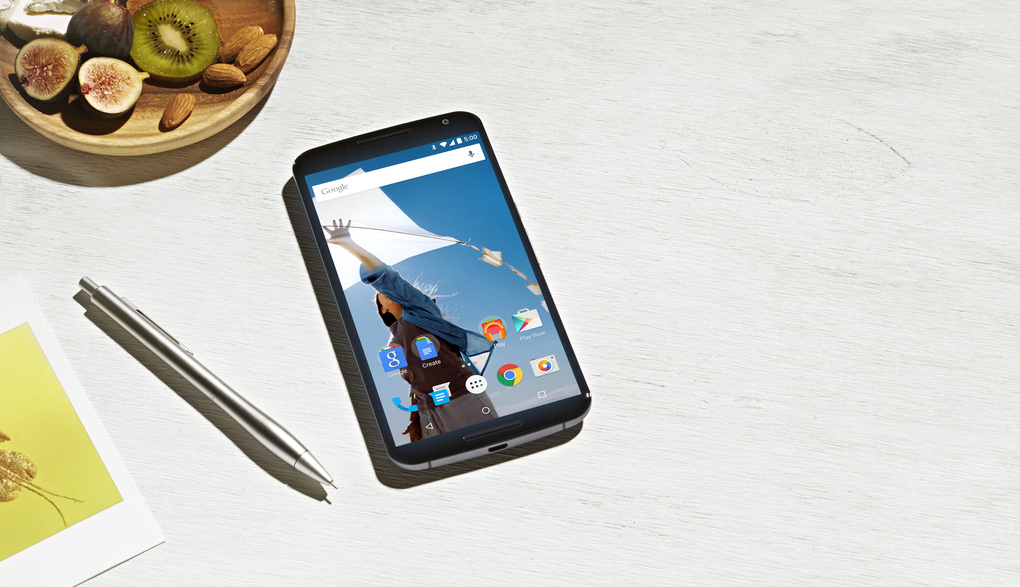Google, the very intelligent and the most popular search engine that you’re probably already used to by now is getting an identity change. Just a few weeks ago, Google made a decision to create a one large company to look over all of the smaller company that Google now has. Like, YouTube, Google Maps etc..
Now that the Google search engine and the other services like Gmail are their own company, the very iconic Google icon has change, just a bit and you probably won’t even notice it.
The new logo is flatter, and more sizable. The old logo has been with Google since it’s was still just a search engine and now that it’s much more with Operating system for Phones, Tablets, Computers, Watches and now even Cars along with different Google services like Gmail, Google Maps, Google News, Google Videos etc.. The new logo is more scalable so, it fitts-in more with different size screens and, different services.
The new logo is also animatable so, it’s fits in better with the new Material Design look.
There are also Google Voice search and Google now animation..

The “G” in logo like the favicon or the microphone logo itself is also four colors.
Expect the new logo to roll-out to different Google services soon along with it’s apps by updates!











